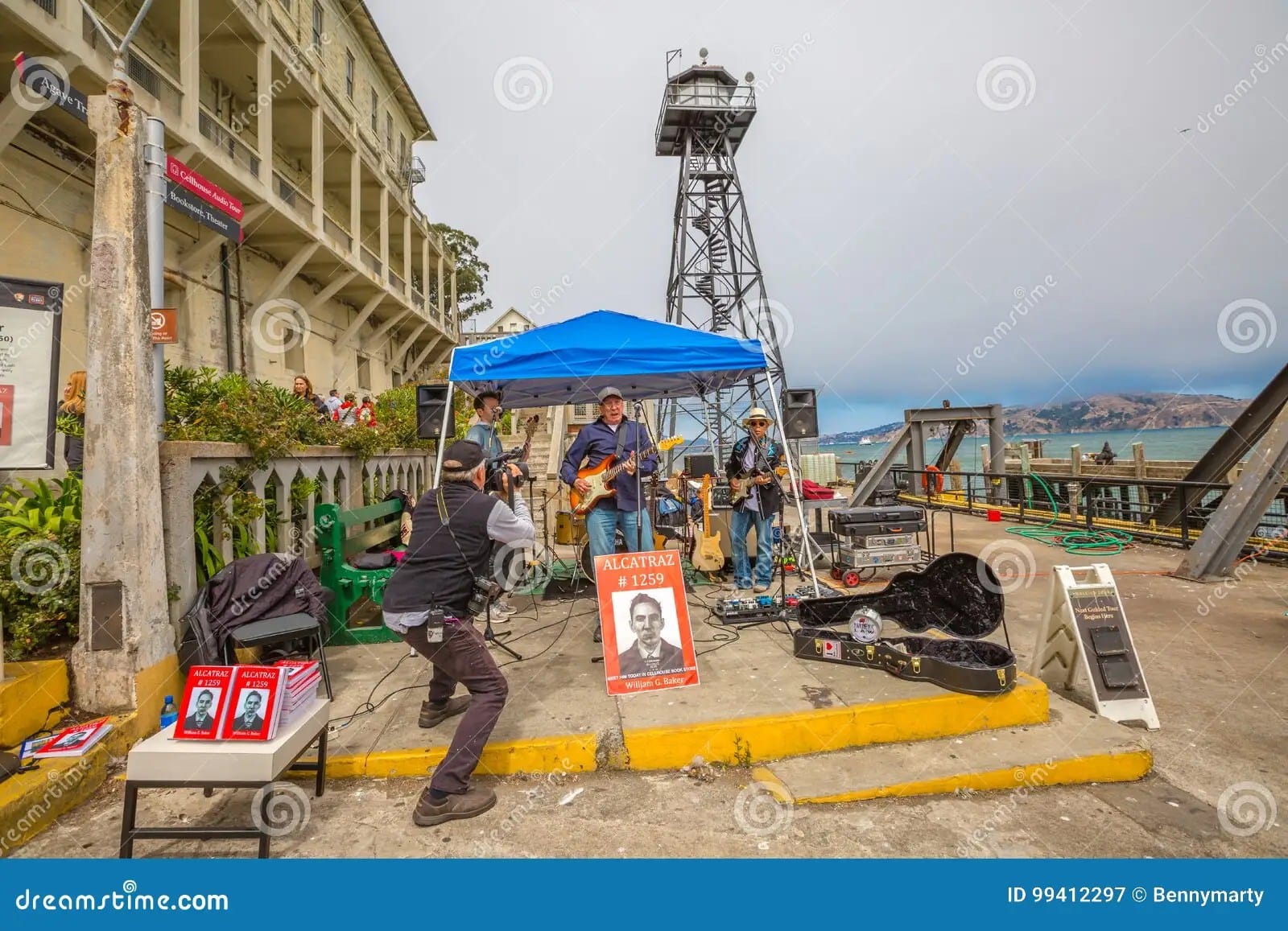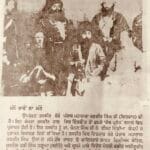Life Inside Alcatraz: William Baker’s Story
William Baker, inmate #1259AZ, wasn’t just a number etched into the walls of Alcatraz. His story offers a glimpse into the daily lives of those confined within the legendary prison. While growing up during the Great Depression likely shaped his early life, the full context remains shrouded in mystery. His journey is a complex tapestry of human resilience, the potential for redemption, and the enduring flicker of hope, even in the darkest of places.
Three and a Half Years on “The Rock”
Baker spent three and a half years navigating the brutal environment of Alcatraz, enduring constant surveillance, isolation, and the ever-present threat of violence. He likely witnessed scenes that would haunt most people for a lifetime, offering a sobering reminder of 1950s prison life. His involvement in counterfeiting operations within Alcatraz, learned from fellow inmate Courtney Taylor, further suggests a complex individual driven by a need for control in an environment designed to strip inmates of their autonomy. This is further detailed in his memoir, “Alcatraz-1259,” which illuminates the harsh realities and surprising humanity found within the infamous prison walls. This firsthand account challenges Hollywood’s often-romanticized portrayal of Alcatraz, providing a grounded perspective that reveals the human stories often lost in dramatized versions of the prison’s history.
Beyond the Walls: A New Beginning and Return
Baker’s release in 1960 marked a new chapter. He chose to share his experiences, becoming a tour guide at Alcatraz and offering visitors a unique perspective shaped by his time as an inmate. This transition from prisoner to storyteller is a testament to his personal transformation. Decades later, Baker returned to spend a night in his old cell, a deeply symbolic act that likely stirred a mix of emotions and provided a sense of closure.
Why Alcatraz? Unraveling Baker’s Journey to “The Rock”
William G. Baker, despite primarily committing property-related crimes, found himself imprisoned on Alcatraz. His path began with car theft, landing him in Leavenworth Federal Penitentiary. His remarkable talent for escape, managing multiple breakouts, ultimately sealed his transfer to Alcatraz in 1957 at the age of 23. Authorities, perhaps embarrassed by his successful escapes from less secure facilities, likely saw Alcatraz, surrounded by frigid waters, as the ultimate solution.
A Non-Violent Offender in a Fortress
It’s important to note that Baker wasn’t a violent criminal. His presence on Alcatraz, a place designed for hardened criminals and notorious gangsters, raises questions. Some experts believe his transfer was a preventative measure, a way to neutralize his escape artistry. There’s no record of Baker attempting a breakout from Alcatraz, perhaps deterred by the island’s formidable reputation. This challenges the image of Baker as someone inherently defiant.
The Reality of Fear on Alcatraz: Beyond Notoriety
While infamous figures like Al Capone dominate Alcatraz’s narrative, the reality of fear within the prison was far more complex. It was a pervasive atmosphere woven from harsh rules, constant surveillance, and the isolating nature of “The Rock.” William Baker’s presence adds another layer to this understanding.
Baker’s Story: A Different Kind of Fear
Baker’s reputation for escapes preceded him, likely making him a focus of close scrutiny by guards. However, his non-violent nature may have presented a different kind of unease within the prison’s power dynamics. His quiet resilience, his ability to survive the psychological pressures, might have been perceived as a silent defiance.
More Than Just a Story of Escape
Baker’s memoir, “Alcatraz-1259,” offers a valuable counterpoint to the Hollywood portrayal of Alcatraz. It emphasizes the psychological struggle for survival, the quiet acts of resistance, and the unexpected moments of human connection. Ongoing research may reveal further details about life on Alcatraz and provide a more nuanced understanding of the complex dynamics of fear within its walls.
William Baker: The Author of Alcatraz
William G. Baker, inmate #1259AZ, authored “Alcatraz-1259,” a firsthand account of his time on “The Rock.” His book, selling over 200,000 copies, provides a raw look into the realities of daily life within the prison’s walls, offering a perspective that goes beyond the sensationalized narratives often associated with Alcatraz.
From Inmate to Author: A Transformative Journey
At 23, Baker entered Alcatraz, where he documented not only the brutality but also the unexpected humanity within this harsh environment. His memoir became a literary escape, transforming him from ex-con to published author and sought-after speaker.
Challenging Perceptions, Sparking Further Inquiry
Baker’s book challenges our understanding of Alcatraz, revealing the psychological impact of isolation on inmates. While Baker’s story offers invaluable insight, ongoing research may reveal further details, enriching our understanding of the prison’s history. It’s important to remember that individual experiences within Alcatraz varied greatly.
For a comprehensive analysis of another historical event, explore the absolution of gettysburg. You can also delve into the captivating story behind the greenbrier hotel auction.
- Photocell Sensors: A Complete Guide for Selection and Implementation - April 2, 2025
- Discover Famous French Women: A History of Impact - April 2, 2025
- 2025 World Map: Unveiling Geopolitical Shifts & Risks - April 2, 2025

















2 thoughts on “Alcatraz 1259: William Baker’s Untold Story from The Rock”
Comments are closed.